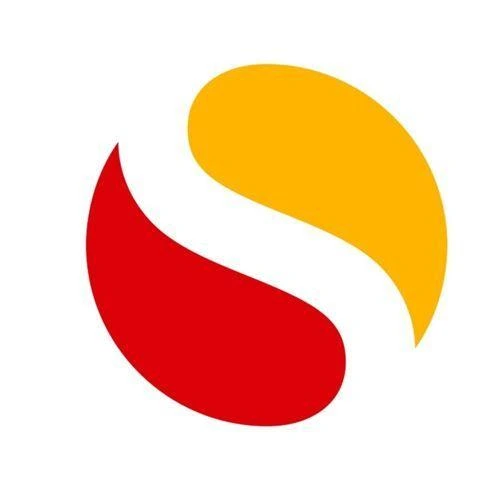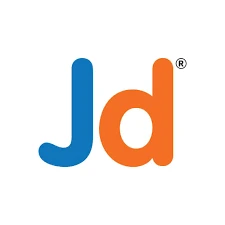|| PTC Creo Certification Course in Surat
The PTC Creo course in Surat is designed to provide participants with comprehensive skills in 3D Computer-Aided Design (CAD), with a focus on the industry-leading software, PTC Creo. This certification course in Surat offers a structured approach to mastering the essential tools and techniques for creating intricate 3D models, assemblies, and technical drawings. Participants will engage in hands-on exercises that cover the entire product development lifecycle, from conceptualization to detailed design, simulation, and analysis.
Our PTC Creo classes in Surat are designed to ensure participants efficiently navigate the PTC Creo interface and utilize its powerful features to optimize design processes. Students will gain proficiency in creating parametric models that are easy to modify, enabling them to explore different design iterations. The course emphasizes best practices in design methodology, ensuring that students develop a systematic approach to problem-solving and engineering challenges. Beyond just technical skills, the PTC Creo training in Surat enhances participants' ability to collaborate within multidisciplinary teams. It fosters effective communication skills needed to convey design intent and collaborate with stakeholders at various stages of product development. Students will also learn how to create detailed technical documentation and drawings that meet industry standards, ensuring clear and accurate communication of their designs.
Upon completing the PTC Creo certification course in Surat, graduates will be well-equipped to take on roles in mechanical engineering, product design, and manufacturing industries. The course offers practical experience in using PTC Creo to innovate and streamline product development processes, giving graduates a competitive edge in the job market. With a focus on both design proficiency and critical thinking, participants are prepared to tackle real-world engineering challenges effectively.
Whether you're looking for PTC Creo training in Surat, or seeking a certification course in Surat, this program provides the essential skills, knowledge, and experience to advance your career in CAD design and engineering.



 4.8 (21,636) reviews
4.8 (21,636) reviews


 Read more
Read more 
